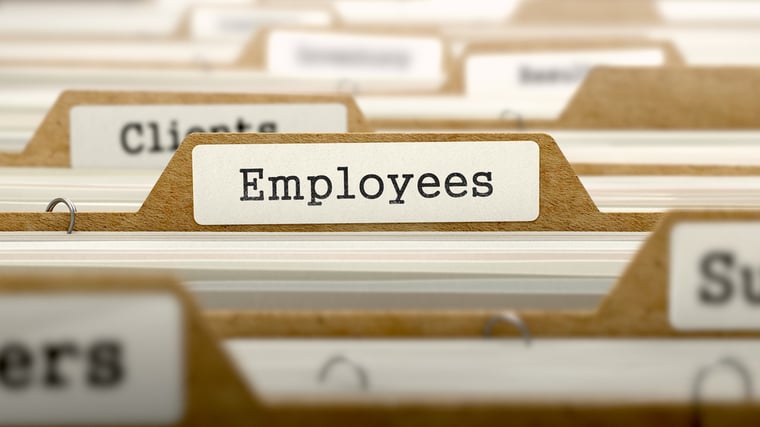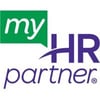Last week, Congress passed an emergency paid sick leave act and an expansion to the FMLA in response to the COVID-19 outbreak. Both of these laws go into effect on April 2, 2020.
Before your read on, please know that there will be tax credits available to cover up to 100% of the costs of what is being paid out under this act. Also please note that there are state and federal laws and the state laws vary.
We are here to help you navigate these new laws and get through these times in the best ways possible.
Below you will find an outline of the main provisions of the law. You can also refer to this link for the employer requirements detailed by the Department of Labor.
Emergency Family and Medical Leave Expansion Act
FMLA has been expanded on a temporary basis to include coverage for employees who are unable to work (or telework) because of the need to care for their son or daughter whose school or place of care is closed. This expansion applies to all public and private employers with less than 500 employees. Employees who have been employed for a minimum of 30 days are able to take up to 12 weeks of leave under the expansion to FMLA.
- The first 10 days of leave are unpaid, but an employee has the option to use accrued PTO or paid sick leave (if applicable) during this time.
- The remainder of time under emergency FMLA is paid at 2/3 of the employee’s regular rate of pay.
- Employers with more than 25 employees must restore an employee who has taken paid FMLA to the same or an equivalent position.
Emergency Paid Sick Leave Act
Employers with less than 500 employees must provide up to 80 hours of paid sick leave to full time employees. Part time employees are also eligible for paid sick leave based on the number of hours they work in a two-week period. The rate of pay for paid sick leave are limited to $511 per day up to $5,110 total per employee for their own use (#1-3 below), and $200 per day up to $2,000 total to care for others (#4-6 below).
The eligible reasons for taking paid sick leave include:
- Subject to a federal, state, or local quarantine or isolation order related to COVID-19
- Advised by a health care provider to self-quarantine due to COVID-19 concerns
- Experiencing COVID-19 symptoms and seeking medical diagnosis
- Caring for an individual subject to a federal, state or local quarantine or isolation order or advised by a health care provider to self-quarantine due to COVID-19 concerns
- Caring for the employee’s child if the child’s school or place of care is closed or the child’s care provider is unavailable due to public health emergency; or
- Experiencing any other substantially similar condition specified by the Secretary of Health and Human Services in consultation with the Secretary of the Treasury and the Secretary of Labor.
Given the immediate application of this law, there are still many questions left to be answered. Our team is staying on top of this information daily. Outside of federal law, there are also state and local actions being taken which should be considered as well.
We are here to support you as we navigate this challenging time!



